29 February 2012. I had just finished my talk at Strata, a large tech conference in California. I wanted to do that post-talk thing of answering a few hallway questions, having a drink of water and just recovering from the jarring but exhilarating experience of addressing an audience. But the speaker I most wanted to hear — Ryan Ismert — was directly after me and so I went to the back, sat down and listened.
Ismert's company, Sportvision, make the graphics that appear in US sports coverage, specialising in Baseball, NASCAR and American football. Ryan's title is General Manager for Augmented Reality, and his team decides how information graphics are integrated into the video feed. His talk at Strata discussed a variety of their products and the principles that go behind them.
I also make digital products that use data to engage and inform — some sports, some media, some business apps — and it's becoming increasingly clear that the idea of being data-driven is the core business, if not cultural, idea of our time. And interestingly, there might be ideas in the collection and depiction of sports data that ring true for all data-enabled businesses.
Sportvision is best known for the "1st and Ten" in American football. The 1st and Ten line is overlaid onto the TV screen during the game to show where a team needs to get to in the next play. 1st and Ten's innovation was to augment the viewing, and viewer understanding, in real time, as opposed to asynchronously in post-game analysis. This suggests a development in business intelligence reporting — where usually operations leaders can only get retrospective reports, rather than "realtime" data.
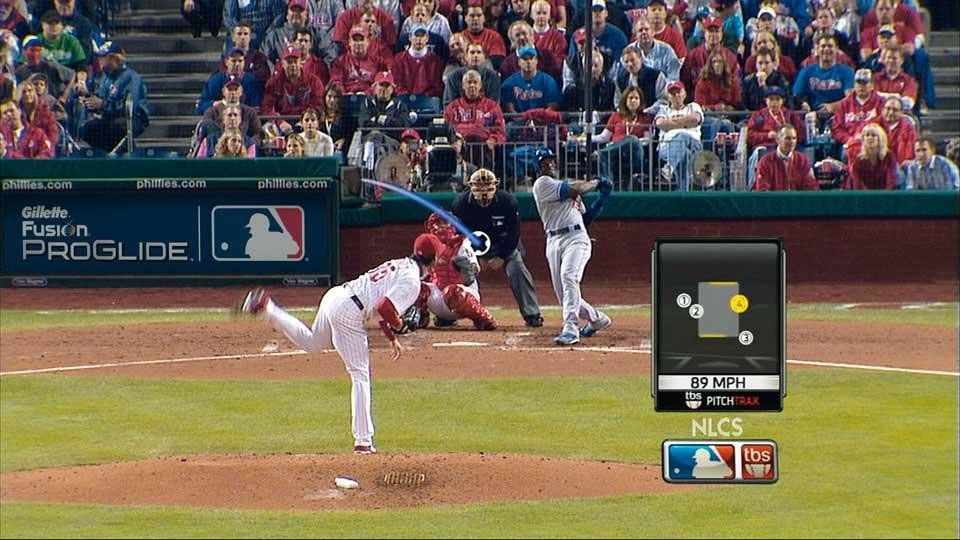
Whereas the visual design of 1st and Ten is a triumph of function and simplicity, many Sportvision products innovate as much in how the data is collected. This is best demonstrated in the work that powers their interfaces for baseball. Over and above their eyesight, baseball fans once had only one indication of the speed and direction of a pitched ball, measured via a radar gun. Sportvision then placed three cameras over the pitcher, enabling them to detect changes in the ball speed as it travels, as well as changes in direction, both crucial to determining the accuracy and consistency of pitchers. Their FIELDf/x tool can measure how far catchers' gloves move, suggesting the players' reading of the game. Sportvision's Chief Scientist Rick Cavallaro states that their aim was to show "things that are hard to see but important to the event".
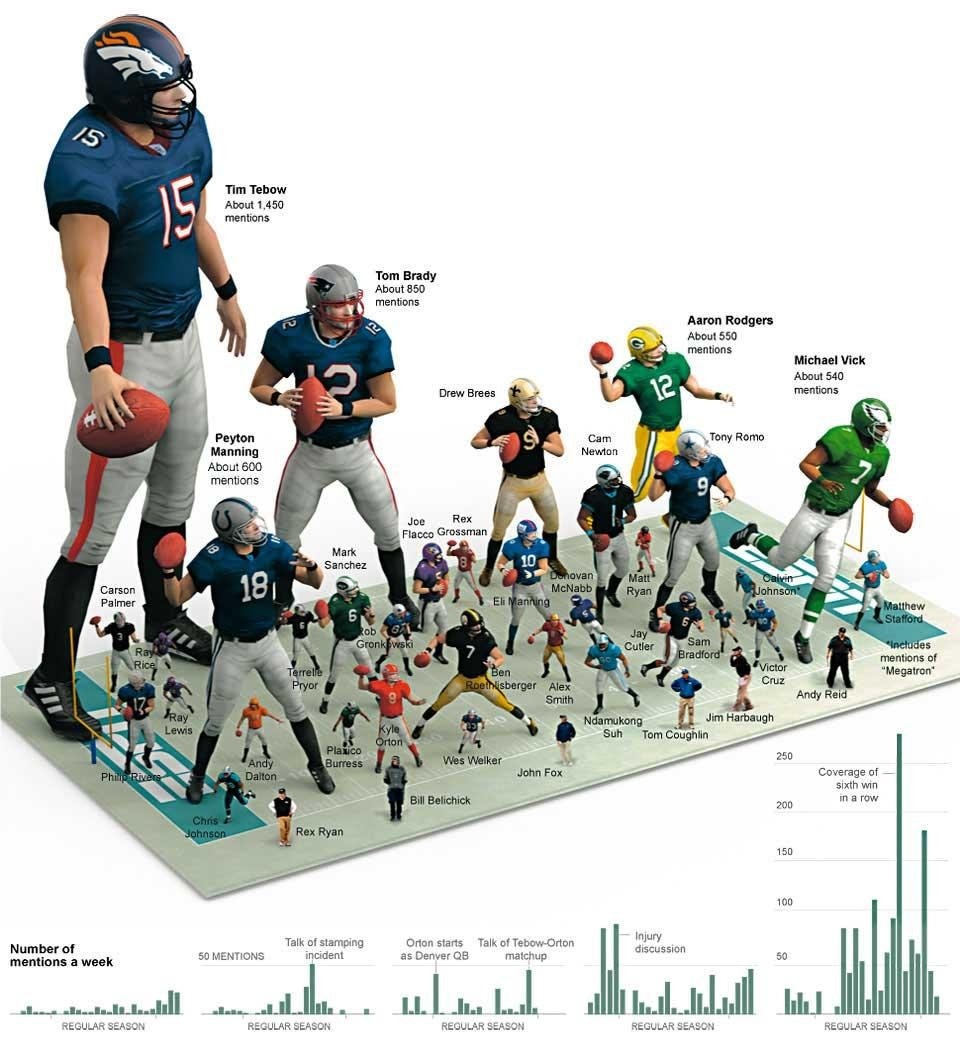
Yet how will this data-heavy approach translate to other sports, those based on more qualitative data, and what might this tell us about other arenas? How will it work for soccer — or rather, this being an Italian magazine and me being English, football. The performance of players in football is not hard to measure if you have lots of people to keep an eye on what is happening and report back. I have been lucky enough to work with Manchester City FC, and it is fair to say that little is missed by their analysts. Their reports will use a mixture of video, firsthand accounts and sports data from the dominant Opta and Prozone systems. Prozone in particular is virtually ubiquitous in football management, yet the notion of using data to support strategy in football dates back to the practice of "informational support" developed by Valeriy Lobanovskyi [1] when he was manager of Dynamo Kyiv in the early 1960s, as made clear in Jonathan Wilson's magnificently obsessive book Inverting the Pyramid: The History of Football Tactics.
By visualising a many-media mix of images, numbers, materials and opinion, the diversity of modern experience can be better expressed using the data around us
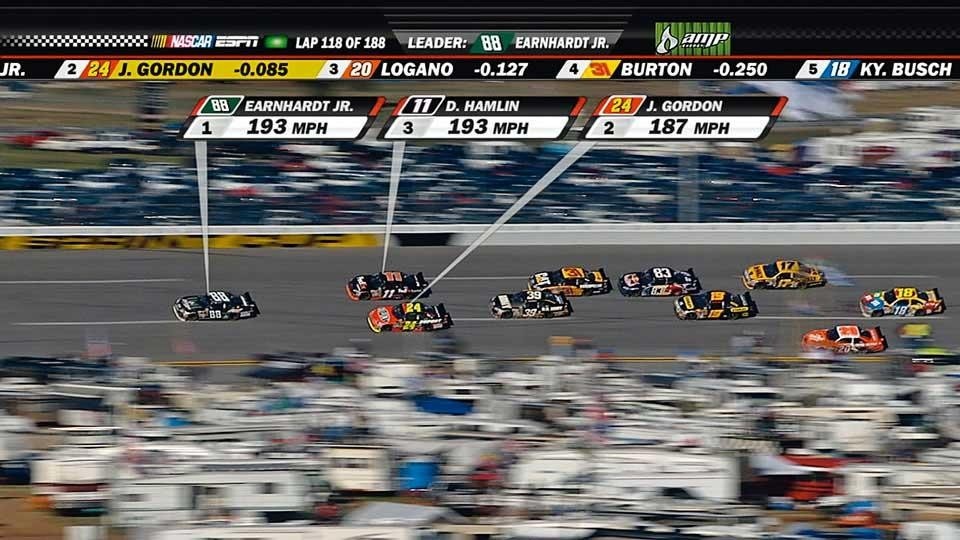
Even video struggles to capture this. Douglas Gordon and Philippe Parreno's portrait of French footballer Zinedine Zidane, based on 17 cameras tightly following his movement over the course of one match, reveals much about Zidane but very little about his team Real Madrid. Not that that was the artists' intentions, but it suggests that, even for a footballer as influential as Zidane, his relationship to the team's system remained elusive, beyond the capabilities of the bevy of cameras. Because of the constant movement of interlocking systems, it is fair to say that football has not thus far generated the wealth of data that US sports do.
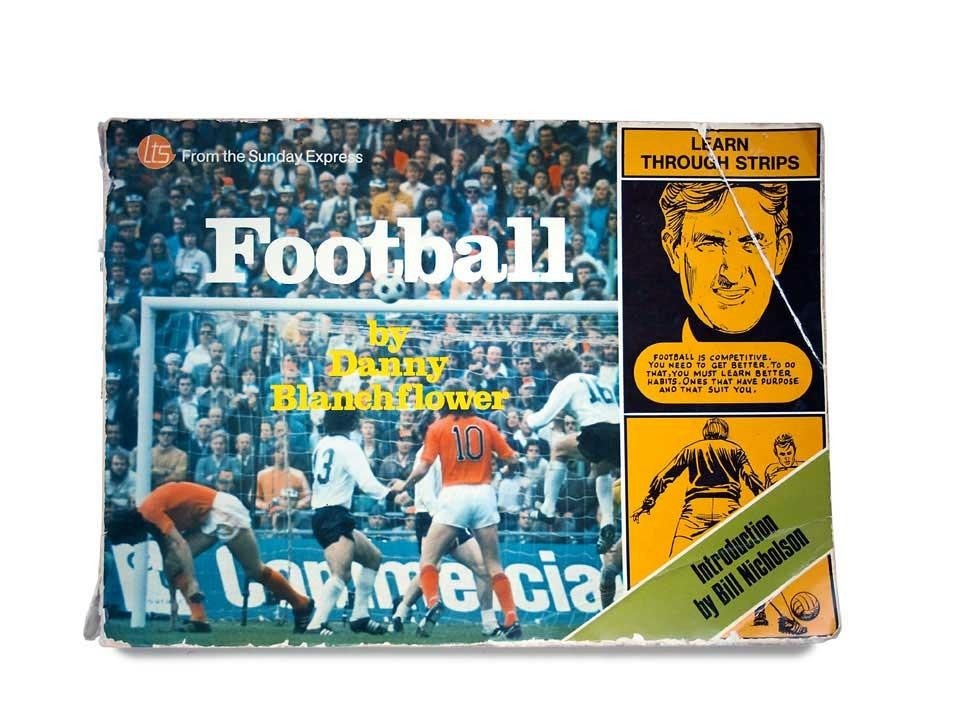
The wider freedom of movement in football, and those shifting rhythms, is richer and more unpredictable than in American football or baseball. Equally, football generates very few easily measurable facts. There are the moments when play stops — for goals or fouls — but the overall measurement of one team's or player's effectiveness is hidden in the combined movement of that team over the period of the game. Perhaps innately sensing this, it seems that football fans and governing bodies alike are reluctant to increase the measurement of their game, with the debate about goal-line sensors and GPS-chipped balls attracting as much hostility as support.
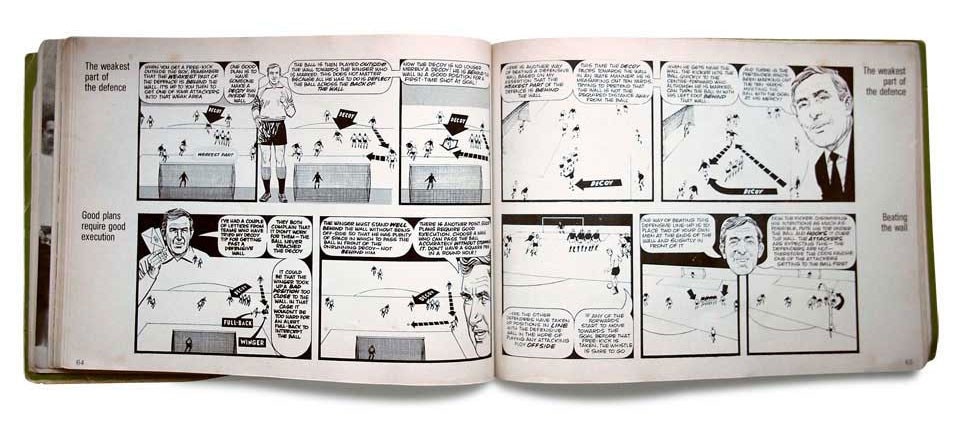
But this isn't just about the sports of the old and new worlds. There is a bigger picture, concerning how many of today's organisations are struggling to capture, visualise and use their data. For example, the management of built environments also increasingly depends on data gathering, with sensors generating data around footfall, temperature, energy use, building systems performance, and so on. These are the obvious aspects — often literally the "data-exhaust" of a building — but they are clearly only some indicators of the value of buildings. They do not tell the whole story of the life of a space.
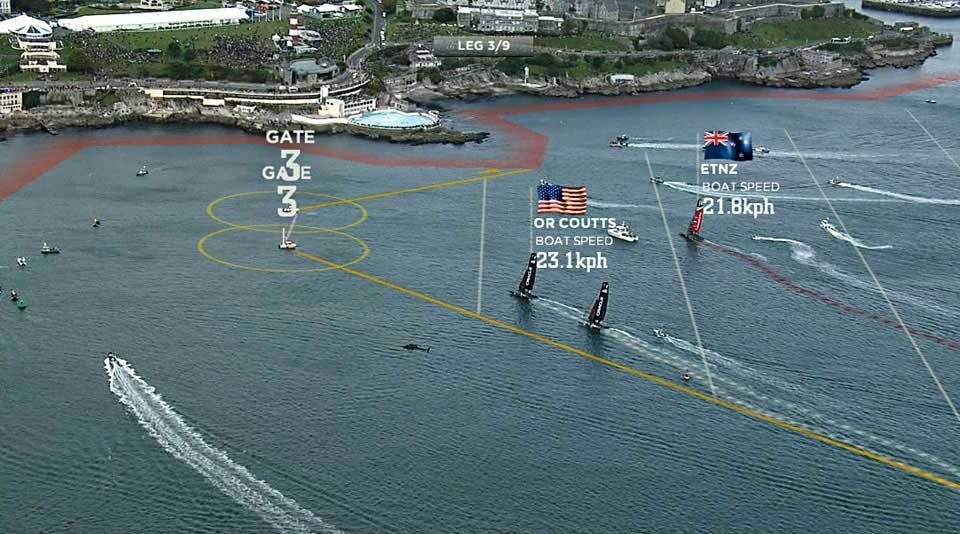
So how do we go about getting the freeflowing, more subjective data that might better communicate life in buildings, football and business? One answer may be in looking at new types of sensors from leftfield. In the same way that risk insurers are using embedded sound detection sensors to listen to the deep acoustics of ageing buildings and infrastructure, we could surely find sensors to measure the movements of footballers that went beyond arguing for GPS chips in the ball. And built environments, too, can use the people in those environments to help generate the qualitative data they need to be information expressive systems.
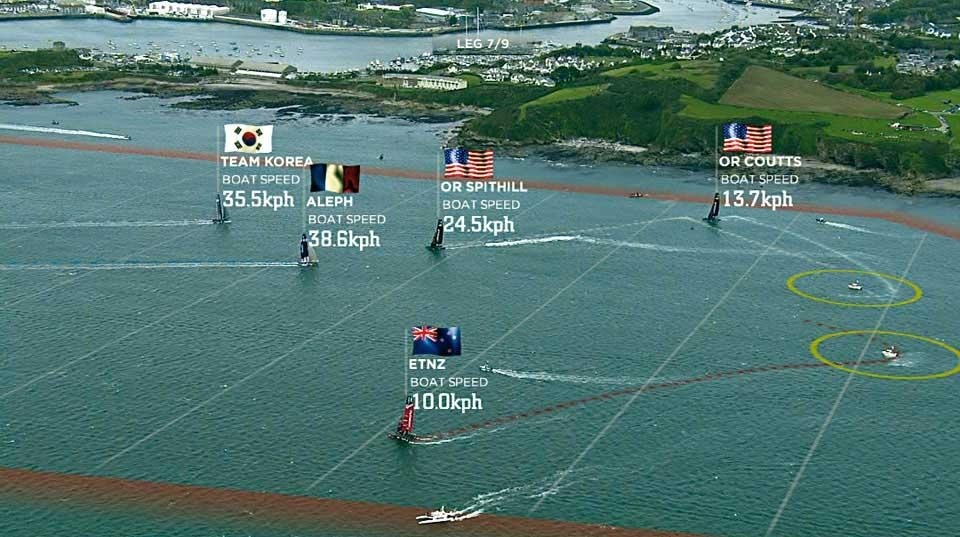
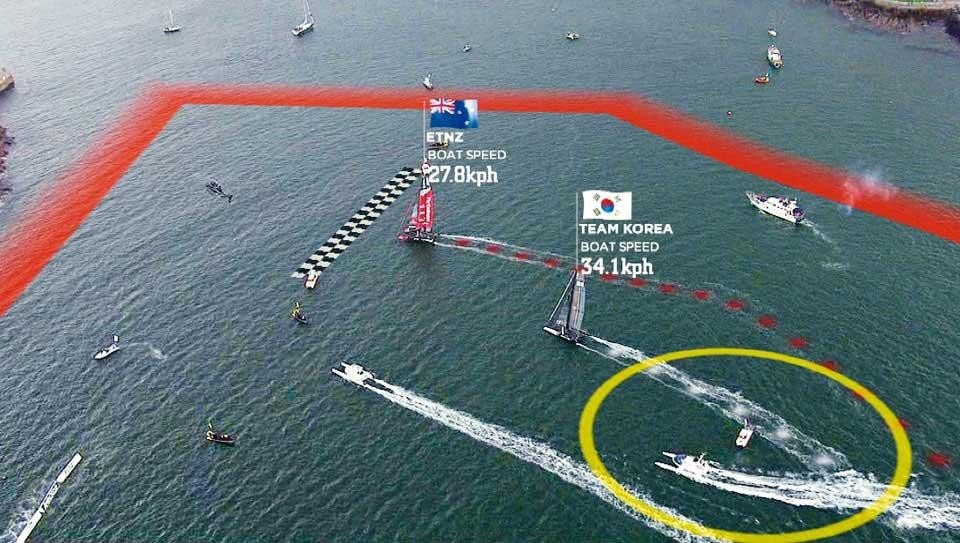
Here, the multi-modal data display shows promise, involving the subtle overlaying of different types of data streams: live pictures, scores and analysis. Our media has tended to be very binary in terms of how visual and textual data merge, or how moving images and numeric data are experienced. Sports coverage is indicating another way forward. Ensuring human interpretation remains part of the live mix can offer a poetic edge that data will always struggle to match. Increasingly, broadcasters incorporate interaction from viewers and listeners into the mix of opinion, an open "bottom-up" system played off against the "topdown" of the presenters. The legendary American sportscaster Howard Cosell famously said, "Sports is human life in microcosm."
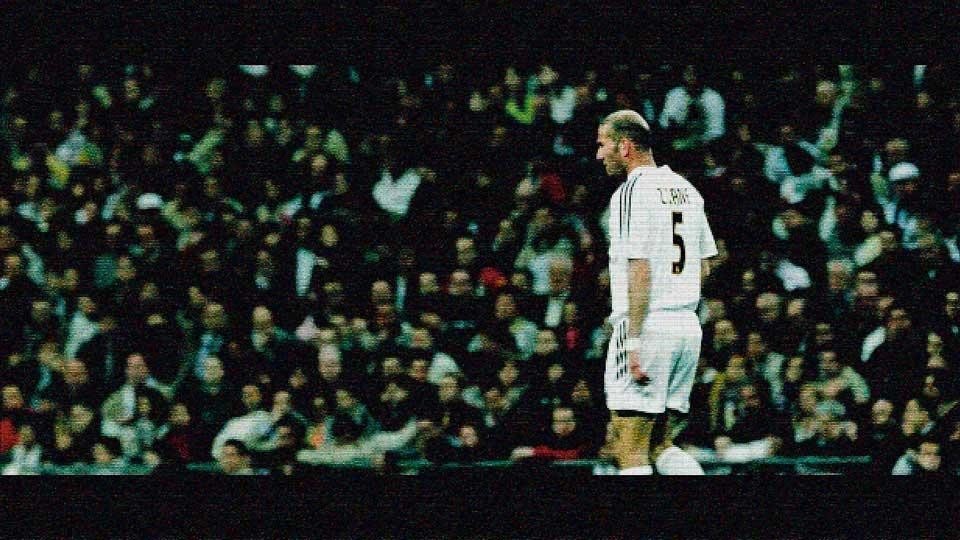
[1] Intriguingly, as well as a player and manager for Dynamo Kyiv, Valeriy Lobanovskyi was also a student of heating engineering at Kyivan Polytechnic Institute. Kyiv was the centre of the Soviet computer industry, and had the first cybernetic institute in the USSR in 1957, and the first PC by the mid- '60s. The relationship between data-driven management, sports and buildings goes back further than we think.

